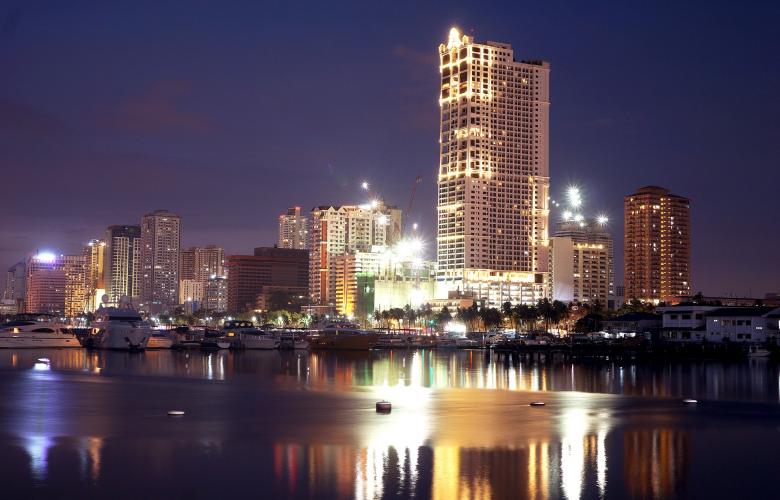Infrastructure to positively impact residential demand in Manila
Contact
Infrastructure to positively impact residential demand in Manila
WILLIAMS MEDIA speaks with Joey Roi Bondoc, Research Manager at Colliers International Philippines about residential demand in and outside Manila.
Colliers International Philippines maintains the belief that the development of infrastructure projects in and outside of Manila will positively impact on residential demand throughout the nation's capital.
WILLIAMS MEDIA speaks with Joey Roi Bondoc, Research Manager at Colliers International Philippines to learn more about demand in Manila's residential property market.
Residential demand in Manila
Infrastructure development projects such as the MRT 7, Manila Subway and Skytrain monorail, once completed will raise residential property values says Bondoc. "We see demand for residential units near or around the stations of these projects growing and this should raise capital values," he says.
"The completion of the MRT 3 rehabilitation will definitely raise the attractiveness of condominium projects near the train line’s stations."
Bondoc adds, "Undeniably, the government’s planned infrastructure projects within Metro Manila will dictate the strategies of both residential developers and investors over the near to medium term."
Residential demand outside Manila
The growing trend of condominium living and the lack of available lots across Metro Manila has led to the development of subdivisions towards the outskirts of town, says Bondoc. Known areas include Cavite, Laguna, Batangas Bulacan, and Pampanga.
Bondoc explains that "Massive infrastructure spending under the current administration should benefit the property sector in general," adding, "The annual infrastructure allocation of 5-7% of GDP should support the completion of Northrail and Clark airport expansion projects in Northern Luzon and the delivery of Cavite-Laguna Expressway, LRT 6, Sangley airport, and Cavite-C5 Southlink projects in the South."
According to Colliers, the Bulacan Airport is another massive proposed project to be implemented under the government's public-private partnership (PPP) scheme. "This should make Bulacan a feasible location for mixed-use projects and raise the province’s stature as an alternative office and residential destination outside of the country’s capital," says Bondoc.
The proposed Sangley Airport should further raise Cavite’s viability as a major business district outside of Metro Manila. "Cavite used to provide residential support to commercial activities in Metro Manila. But the improvement of road network from Cavite to Manila enticed developers to invest heavily in the province.
"We see more robust business activities in Cavite once the Sangley Airport is completed. With a modern airport, we expect Cavite to come into its own as an urban centre and rise from its previous image as a mere suburban support area to Metro Manila. This should result in a more pronounced development of residential projects in the province."
National developers have been very active in building integrated communities within Metro Clark, says Bondoc. "This is partly due to the anticipated construction of passenger and cargo railways, expressways, as well as the expansion of the existing Clark Airport. Colliers believes that these projects should unlock values for parcels of land that could be developed into mixed-use communities including condominium projects and house and lots (H&L). The development of these townships is also necessary in capturing a large fraction of the available labour pool that BPO and industrial locators could tap."
Colliers expects developers to continue pursuing satellite communities outside of Metro Manila given the proposed airport development and modernization projects. These integrated communities offer a better value proposition than standalone projects since they offer mixed-use developments. "We believe that this feature makes integrated townships a more attractive option for investors. More BPO tenants will also gravitate toward integrated communities as they offer a better living and working environment. This trend should make residential projects outside Metro Manila more attractive."
The improvement of road networks and expansion of airports in Pampanga, Bulacan, and Cavite should further unlock land values in these areas, making them more feasible for residential projects.
Bondoc concludes, "The demand for residential units in these locations will continuously grow as we believe that a significant part of the remittances sent in by OFWs annually will be set aside for Filipinos’ housing requirements."
For more information about Manila's residential market, phone or email Joey Roi Bondoc, Research Manager at Colliers International Philippines via the contact detials listed below.
This article was originally published on RETalk Asia.
Related reading:
Top real estate markets in The Philippines to look out for in 2018










